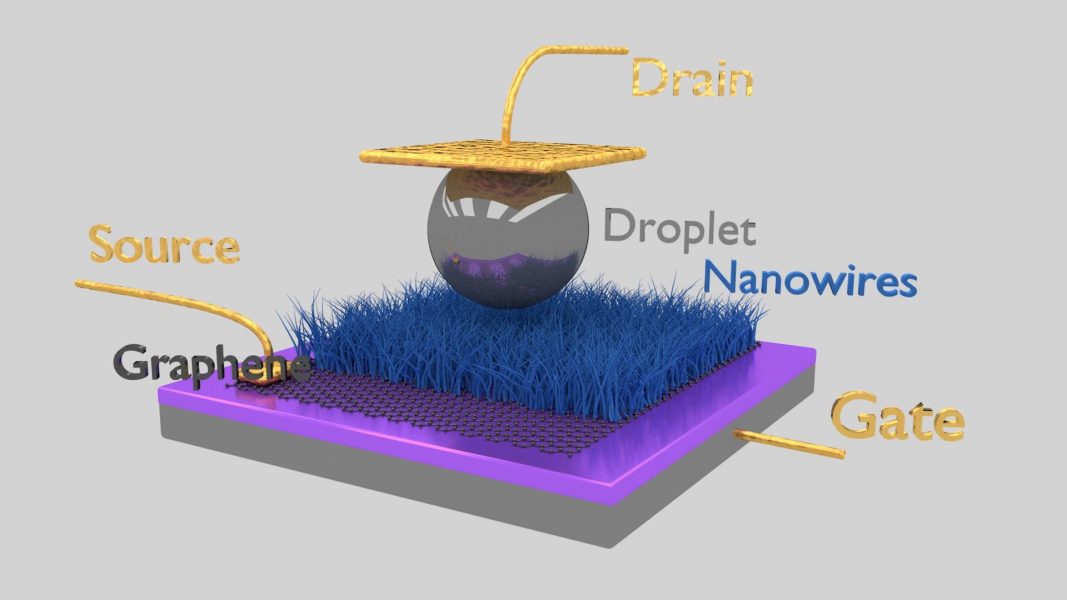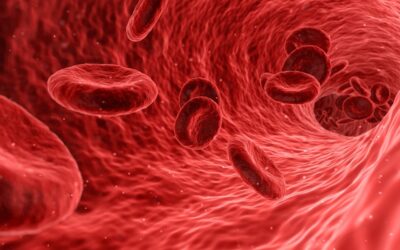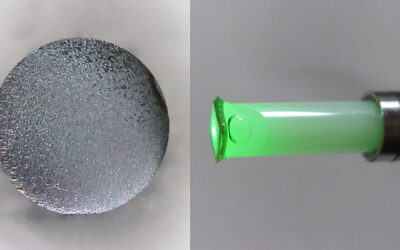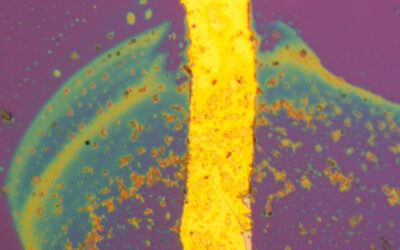Modern electronics rely on field-effect transistors (FETs) as a key component. By incorporating mechanical responsiveness into transistors, new possibilities for functional devices emerge.
In Small, Prof. Chih-Jen Shih from ETH Zürich and co-workers demonstrate an ultrasensitive stress-sensing FET enabled by deforming liquid metal droplets on superhydrophobic semiconductor nanowires.
Tian Tian: “We use a macroscopic liquid metal droplet on a semiconducting surface in the IFET. Pressing the droplet makes it flatter and changes the contact area, which transforms mechanical stress into an electric signal.
The pressure on the droplet is described by its curvature and surface tension, known as the Laplace equation. Using a simple model, we can calculate the stress as a function of droplet deformation.
The liquid metal droplet is ultrasensitive to stress, which has an elastic modulus over 100 times softer than commercially available rubbers.
To enable reversible droplet motion, a low-energy surface is needed. We achieve this by growing superhydrophobic organic semiconducting nanowires thanks to the preferred facial orientation of graphene. The ultrathin graphene layer and its unique electronic properties enables modulation of interfacial energy alignment via electrostatic doping, which is the mechanism behind the vertical field-effect transistor.”
To find out more about this ultrasensitive stress sensor, please visit the Small homepage.

















